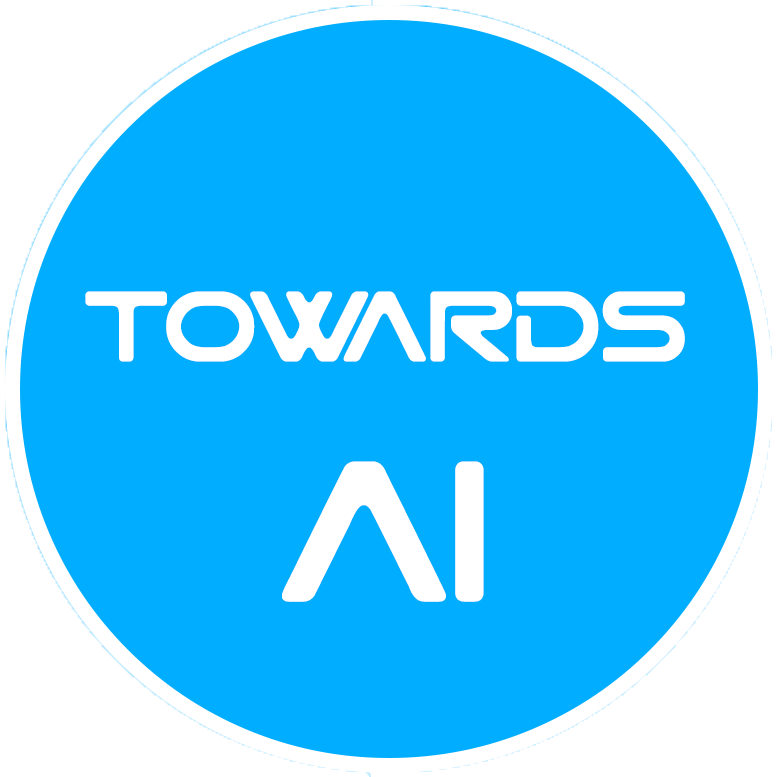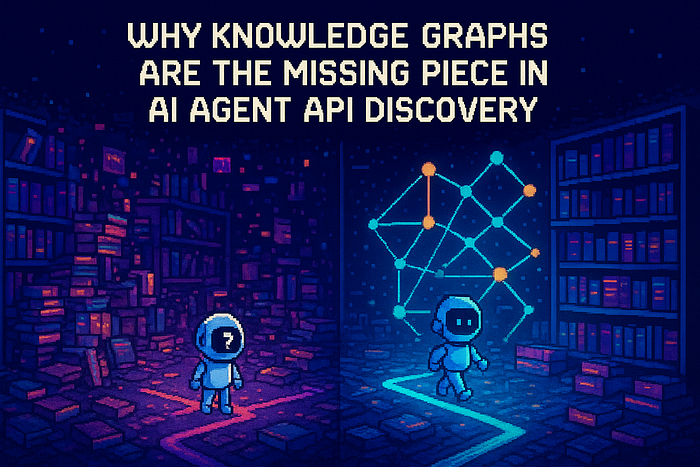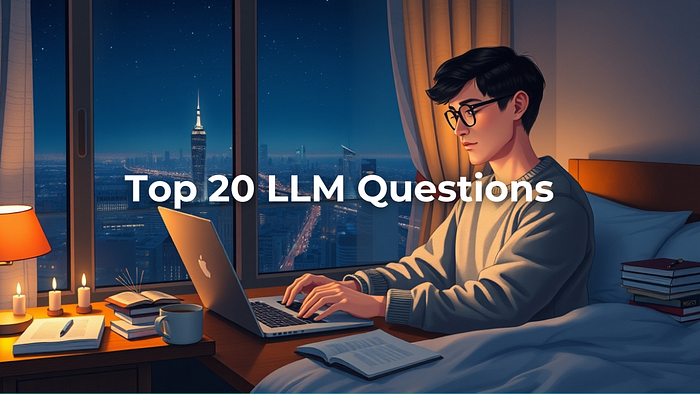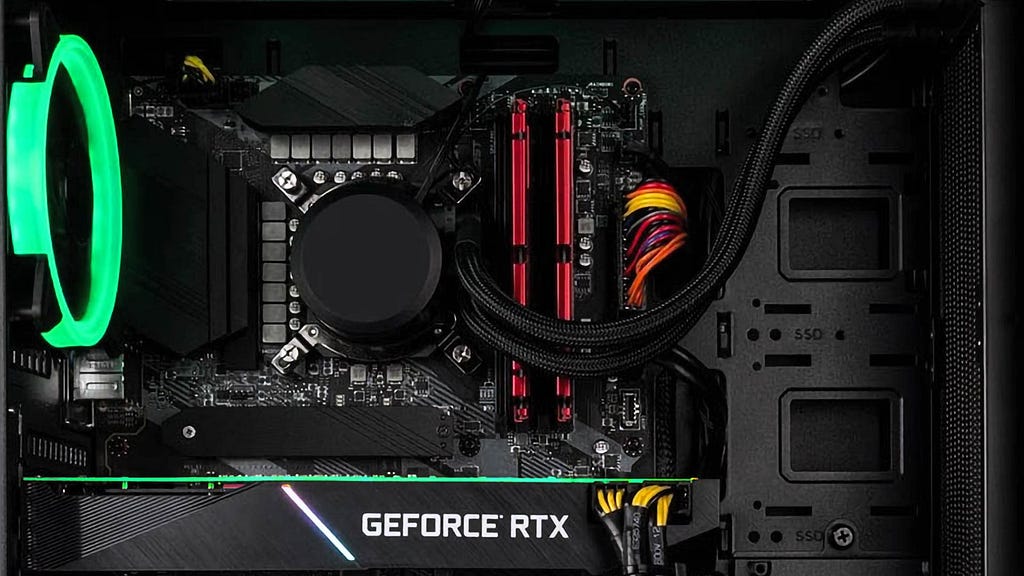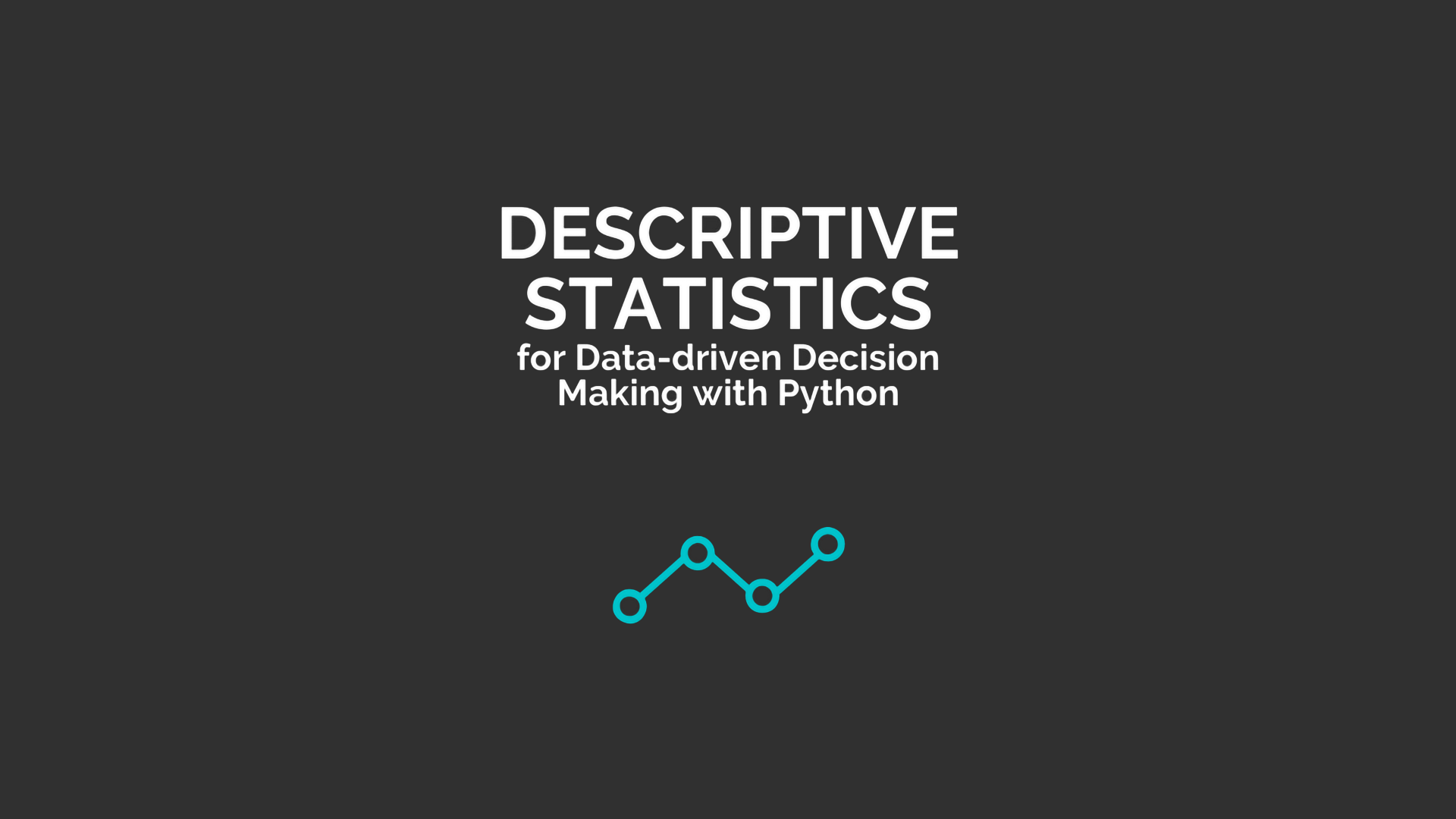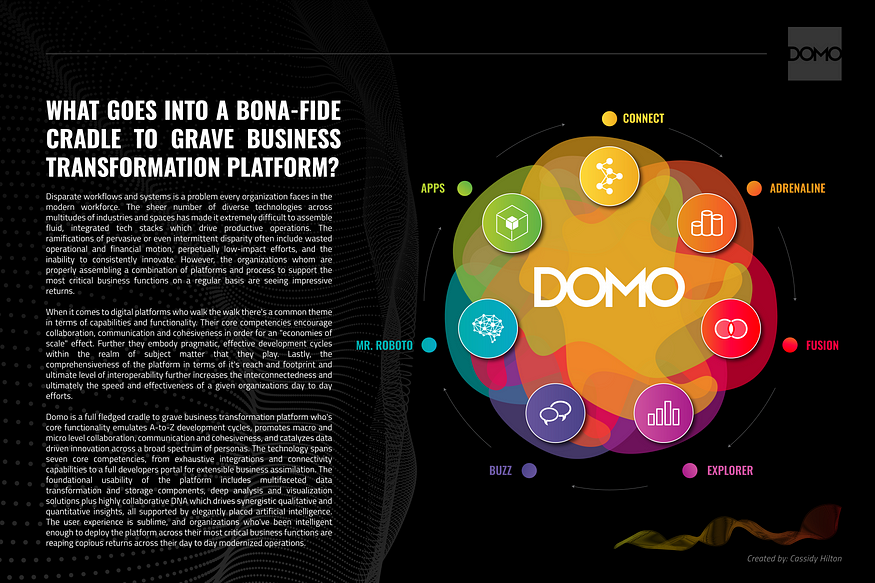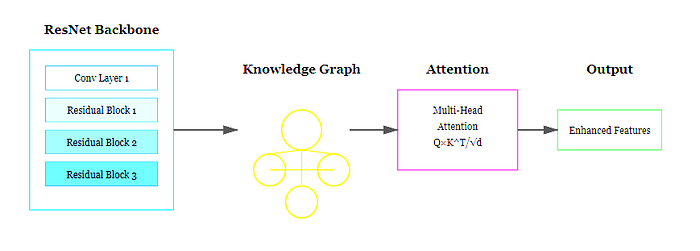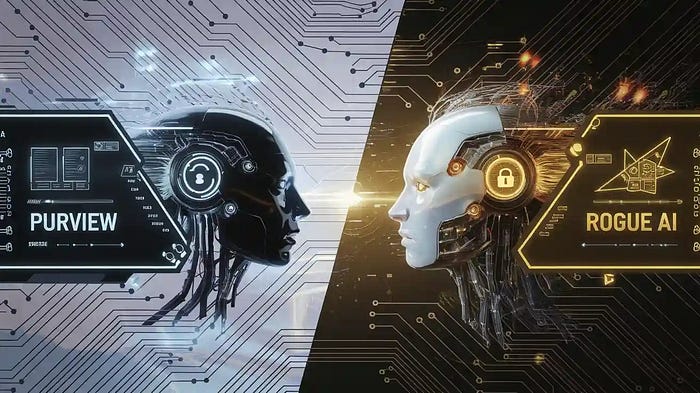
The Best Optimization Algorithm for Your Neural Network
Last Updated on August 29, 2025 by Editorial Team
Author(s): Riccardo Andreoni
Originally published on Towards AI.
How to choose it and minimize your neural network training time.
Developing any machine learning model involves a rigorous experimental process that follows the idea-experiment-evaluation cycle.

The article discusses various optimization algorithms for training neural networks, focusing on techniques to speed up the training process. It explains the importance of optimizing models, highlights various methods such as Transfer Learning and Batch Normalization, and provides an in-depth analysis of several algorithms including Batch Gradient Descent, Mini-Batch Gradient Descent, Momentum Gradient Descent, RMS Prop, and Adam. The author emphasizes the trade-offs between different optimizers and provides practical insights into their effectiveness based on empirical testing with a neural network trained on the Fashion MNIST dataset.
Read the full blog for free on Medium.
Join thousands of data leaders on the AI newsletter. Join over 80,000 subscribers and keep up to date with the latest developments in AI. From research to projects and ideas. If you are building an AI startup, an AI-related product, or a service, we invite you to consider becoming a sponsor.
Published via Towards AI
Take our 90+ lesson From Beginner to Advanced LLM Developer Certification: From choosing a project to deploying a working product this is the most comprehensive and practical LLM course out there!
Towards AI has published Building LLMs for Production—our 470+ page guide to mastering LLMs with practical projects and expert insights!

Discover Your Dream AI Career at Towards AI Jobs
Towards AI has built a jobs board tailored specifically to Machine Learning and Data Science Jobs and Skills. Our software searches for live AI jobs each hour, labels and categorises them and makes them easily searchable. Explore over 40,000 live jobs today with Towards AI Jobs!
Note: Content contains the views of the contributing authors and not Towards AI.


